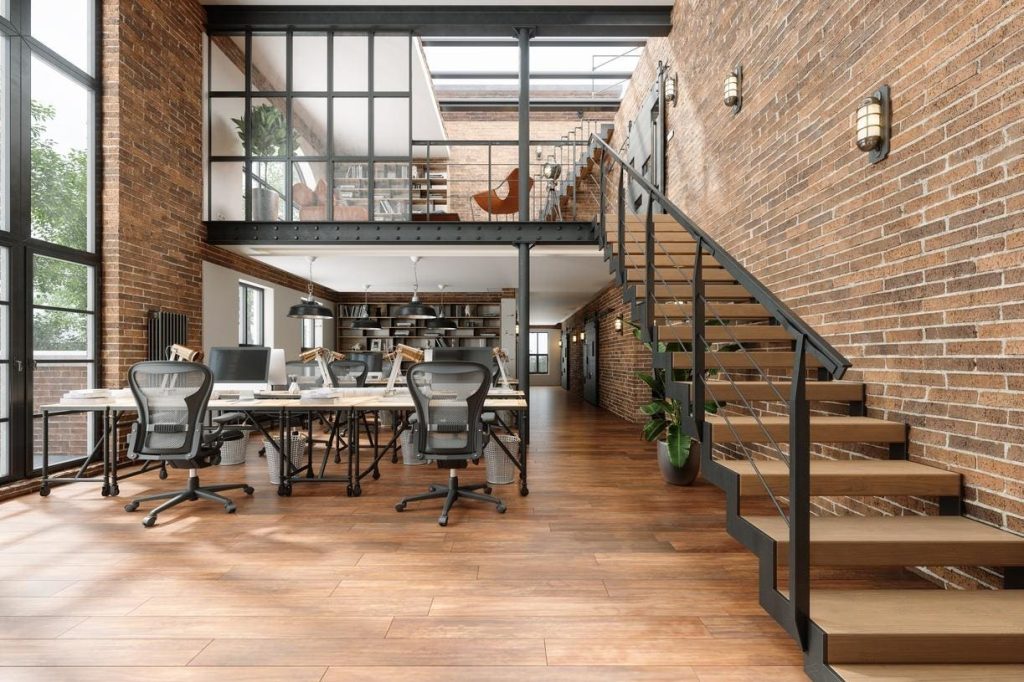In 2024, the commercial office market is expected to be a mix of caution and opportunity, according to the Managing Director of KBA Lease Services. While conditions have improved, they are still challenging for many investors and lenders. However, building owners have a chance to collaborate with tenants to reshape office design in line with changing work preferences, especially with the continued prevalence of hybrid work.
The Managing Director shares three predictions for 2024. Investor and lender sentiment is likely to remain cautious, with interest rates still higher than desired and commercial mortgage-backed securities facing challenges. Office vacancies are at a 30-year high, and office property values have declined, particularly for older buildings. However, this could lead to opportunities for highly liquid investors in certain markets.
In the evolving commercial real estate landscape, building brand and experiences will become more important. Building owners are expected to position themselves as brands or partner with hospitality brands to offer various workplace options. Offices will need to be experiential, communal, purpose-built, and convenient to attract and retain employees. Investment in green footprints and sustainability is also expected to accelerate to appeal to the preferences of millennials.
Landlords and tenants are likely to collaborate more on amenities, as many landlords may not be able to finance building upgrades on their own, and financing for amenities could be challenging. This collaboration could lead to richer amenity spaces but may require unique ways to pass through costs to tenants. Overall, the changing nature of work is expected to impact the financial outlook for the office market in 2024, with a focus on high-quality assets and employee engagement, health, equity, and productivity.
The Managing Director emphasizes the need for a more holistic approach to office space investment, beyond traditional metrics like square footage per head and cost per square foot. Productivity measurements will need to consider the impact of in-person work on innovation, creativity, and employee loyalty. Landlords and tenants will need to find innovative ways to finance and maintain amenities to meet the changing demands of the workforce and enhance the overall workplace experience.















